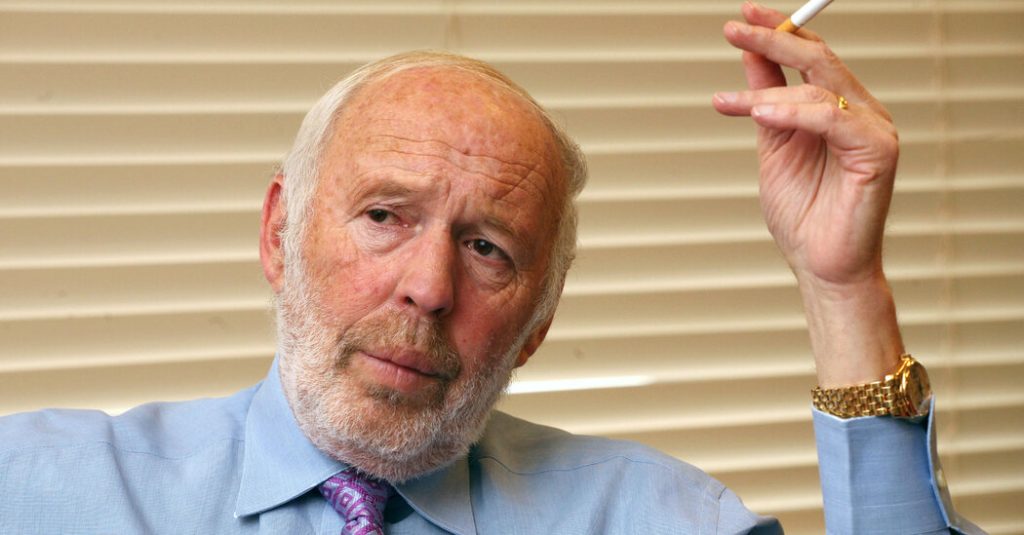Jim Simons, a prize-winning mathematician who transitioned into finance and became one of the most successful Wall Street investors, passed away in Manhattan at the age of 86. After making groundbreaking contributions to mathematics, Simons decided to focus on making money by applying mathematical models to trading stocks, commodities, currencies, and bonds. He founded Renaissance Technologies and turned it into a highly profitable investment firm using advanced computers and mathematical models to generate impressive returns. By the time he retired in 2010, Simons was worth billions, and his approach to investing became widely adopted on Wall Street.
Renaissance’s Medallion fund, the flagship fund, earned over $100 billion in profits over three decades, with an exceptional average annual return of 66 percent. This performance far outpaced other renowned investors like Warren Buffett and George Soros. Simons’ quantitative investing approach, which relied on mathematical models and data analysis, influenced a significant portion of the investment world by 2020. Even traditional investment firms had to incorporate some of Simons’ methods to stay competitive in the market.
Despite facing occasional setbacks, such as a botched potato futures trade that resulted in regulatory issues, Simons’ success in the financial market was unparalleled. His company, Renaissance Technologies, faced scrutiny in 2014 for allegedly avoiding over $6 billion in taxes using financial derivatives to disguise trading profits. Simons and his firm also drew criticism for the performance disparity among their various portfolios, leading to conflicts with outside investors and regulatory agencies.
Despite his immense financial success, Simons was heavily involved in philanthropy, establishing the Simons Foundation to fund basic science research and the Flatiron Institute for cutting-edge computational research in various scientific fields. His philanthropic efforts extended to significant donations to Stony Brook University, where he had previously worked as a mathematics professor before entering the financial world. Simons’ legacy extended beyond his financial achievements to his contributions to scientific research and education.
Simons’ personal life included a lavish lifestyle with notable purchases like a $100 million yacht, a $50 million Manhattan apartment, and a 14-acre estate in East Setauket. Despite facing personal tragedies, including the deaths of two of his sons, Simons continued to lead a successful and impactful life. His work in both finance and philanthropy left a lasting legacy, influencing both the investment world and scientific research. Throughout his lifetime, Simons continued to push boundaries and make significant contributions in various fields.


